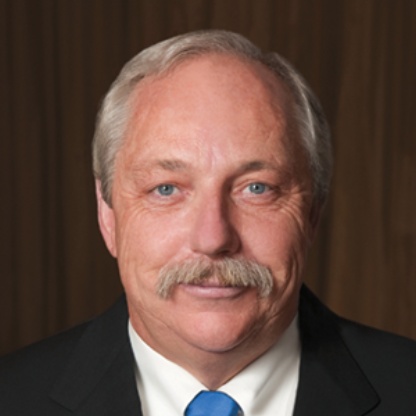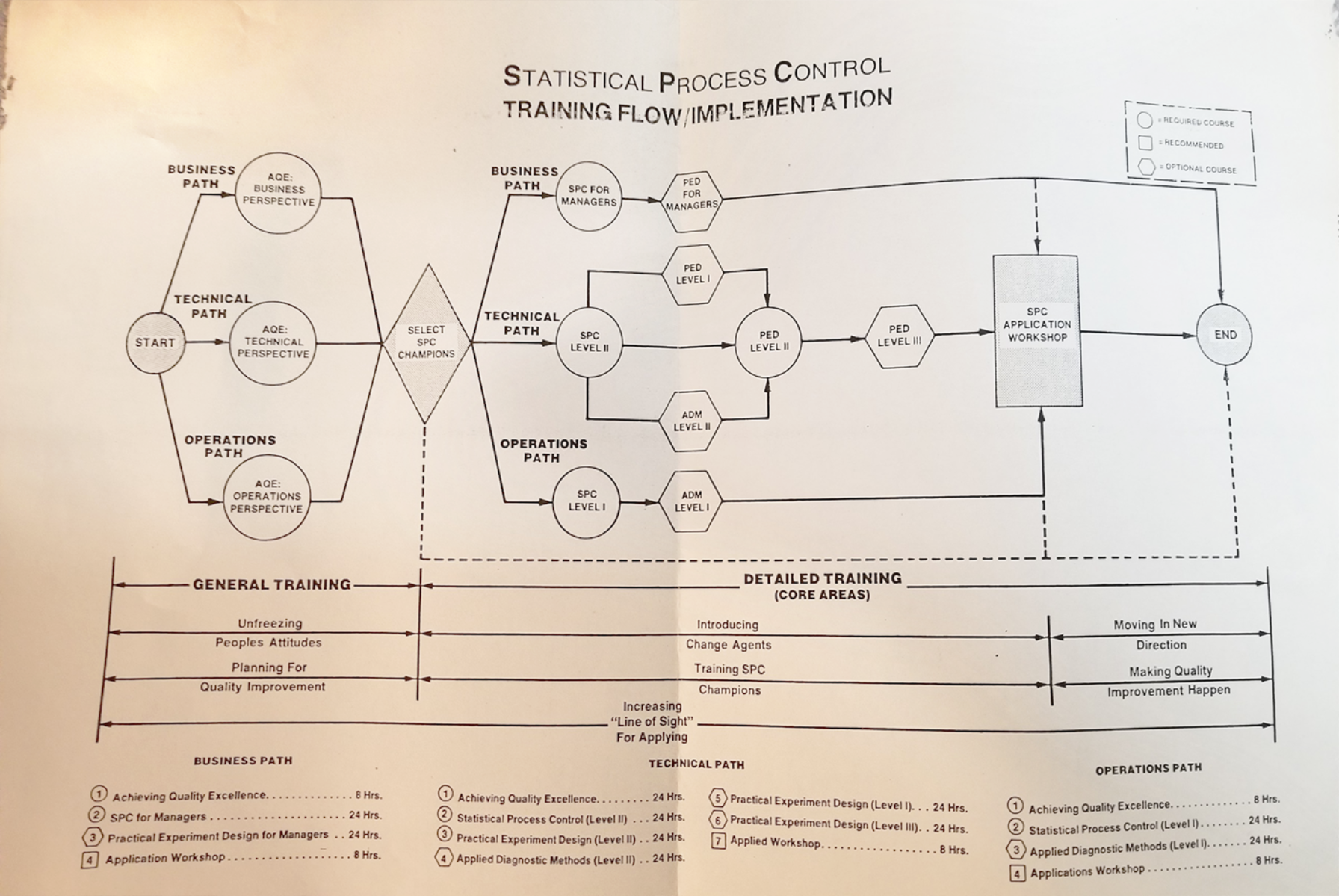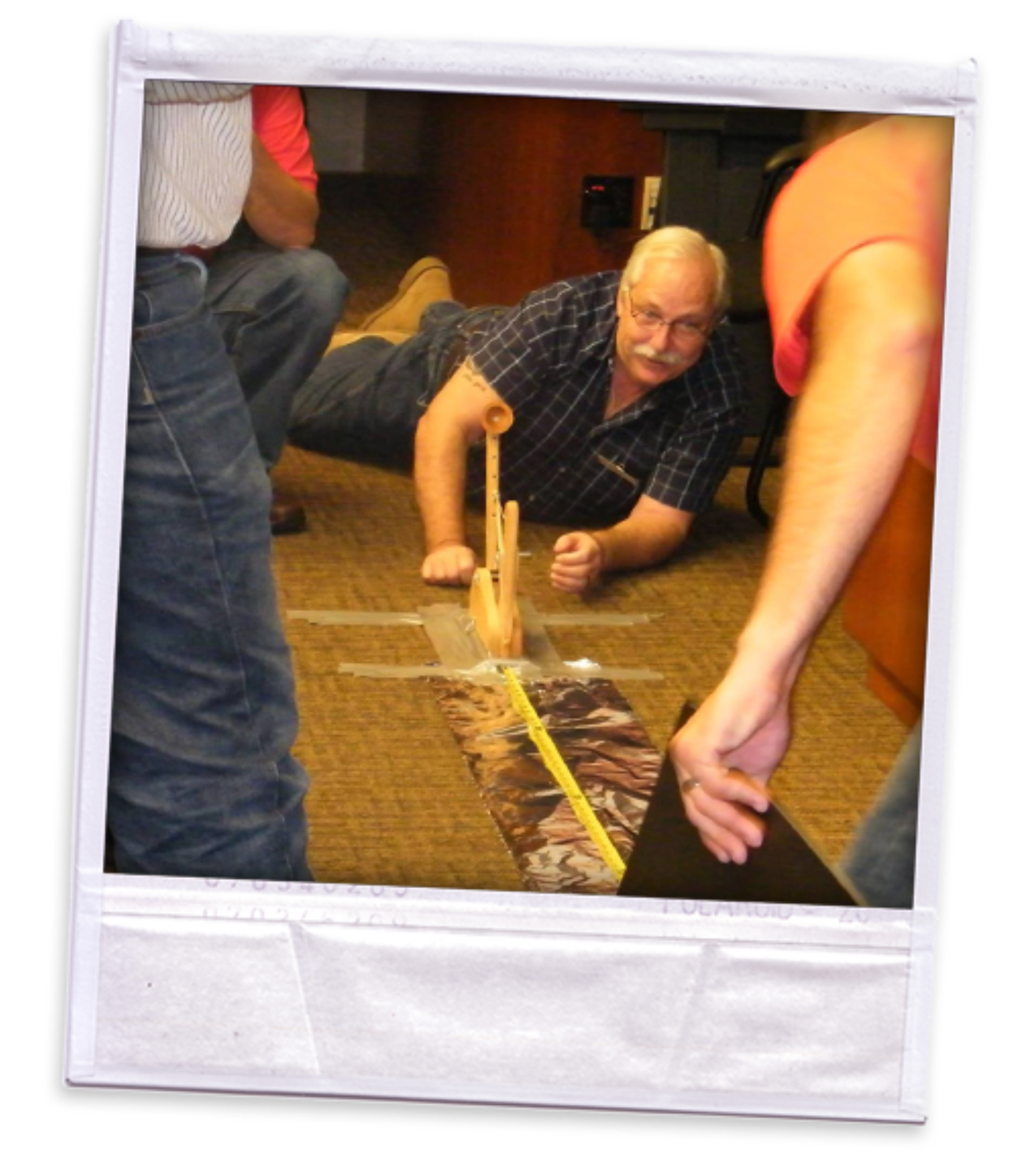
An In-Depth Interview with Mike Carnell
I started out in Motorola as a technician. But I wanted out of there; I didn't want to be an electronics technician. Okay, this is going to sound very odd…I wanted to be in accounting. Now I have the wisdom to know that I would have had a very short career in accounting.
Lean Six Sigma veteran Mike Carnell's career path to continuous improvement may have been unexpected, but it was nothing short of fruitful.
MoreSteam CEO Bill Hathaway had the pleasure of sitting down with Mike to chat about the evolution of his tenured career in Lean Six Sigma. From experiencing the fast-paced turbulence of Six Sigma at ground zero to becoming a published author, Carnell's incredible Six Sigma and Lean Six Sigma journey undoubtedly came with many lessons learned along the way.
This interview has been edited for length and clarity. You can hear the full interview in the above audio segment.
You are truly one of the Six Sigma Originators. What are your earliest memories of what became Lean Six Sigma?
I started off at Motorola. And the easiest way for me to get into accounting was to duck into this job called 'Quality Engineering.' So I got into Quality Engineering in 1983, with the intention of just staying there long enough to be able to move over to accounting. I haven't quite got to accounting yet…
Luckily, though, when I got to Motorola, I got into a lot of stuff that was right on the leading edge of when we were starting to use statistics. I went to that course from Juran where you'd take a brown bag lunch, watch a half-hour video, and then go and do a project. And from there, it just kind of evolved.
Like most big companies, Motorola was very good at taking care of their employees, but they didn't plan your career for you. So I planned my own career. I moved over to Tactical and took on the FMU139 bomb fuse project. That was my first high-volume project.
Luckily, I had good people around me during that time. I met Mike Harry, and we did a DOE that got spread around really quickly. We had an 80% improvement off of that one DOE.
So you were working with individual tools or methods to solve problems. How did Six Sigma move from using individual methods to solve a specific problem to something a bit more systematic?
It gets a little convoluted here. We had a really great guy in HR named Murray Allen who was putting together all of these classes to support this big push for stats. At this point, all we knew was that we needed them. And Murray's scurrying to get all these classes, but they weren't in any particular order; I mean, you could do a DOE class first; that's at the wrong end of the spectrum.
So Murray came down and asked, "So what order do people take the classes in?" And everyone starts arguing about what order to take the classes. And a guy named John Hathaway goes, "well, why don't you have them take the classes in the order that they use the tools?" And everyone's looking around going, "Oh, that's a really good idea."
Mike Harry was very opportunistic and recognized something good when he saw it. He took that idea and created MAIC (Measure-Analyze-Improve-Control). The "D" (for Define) came much later when we got involved with General Electric.
Bill Smith had this concept for Six Sigma, but there needed to be a methodology to it. Basically, everyone looked at what Smith said, and thought, "that's a really good idea; how do we do it?" And then you've got guys like Mike Harry raising their hands and saying, "we've got a methodology to do it." And that's how the two of them got together.
So these tools all got put in a specific order; Mike took that order and broke it up into 'MAIC.' Mike was then pulled to run the Six Sigma Research Institute in Schaumburg.
Before MAIC, you were certainly using the scientific method for problem-solving, but were you using any particular roadmap? Was there any systematic approach to it, or was it just an ad-hoc application of the scientific method?
In government electronics, it was completely ad-hoc. They'd say, "you need to go work on this," and you'd go work on it.
How did MAIC start to become recognized as a useful approach?
When I got to Schaumberg in '88, we applied for the Malcolm Baldridge award and won. So this whole Malcolm Baldridge thing starts pulling it together. All the loose ends that were going on and all the different things kind of came together. And what happens when you win is that you have to agree to go out and do speeches and presentations at different companies.
At that point, no one really knew about Six Sigma outside of Motorola. It wasn't designed to be taken out of the company; it was just how we were going to do business internally. So once they started doing the presentations outside of the company, Six Sigma always came up because it was part of what we used to win the award. And then, suddenly, people started to want to know about it.
So you eventually left Motorola. What firm did you start working for, and how did that come about?
In '95, a few colleagues and I started working for Mike Harry at Six Sigma Academy. We were employees at Six Sigma Academy for a very short period.
We eventually ended up negotiating a contract with Jim Lambert, the VP of Operations at Allied Signal. But what we agreed on with Jim was that we would provide the initial wave of training first, and if we delivered results, we would negotiate the contract afterward. We had that much confidence that we were going to succeed.
By the end of January, Mike was back on his own with Six Sigma Academy. My coworkers and I then formed a company called Six Sigma International.
When things started taking off, and there was a lot of market demand, your firm was in a good place to grow and fill the void. How did you deal with all the early demand and people that were interested in talking to you?
It got nuts, like overnight. And that was just the power of Jack Welch (the CEO of GE). You got the most famous CEO in the world standing up in front of everybody. All he had to do was pick up the phone and call the Wall Street Journal and say, "I want you guys to write an article about this," and they would. So all of a sudden, you have Welch talking about Six Sigma, and everyone wanted to know about it.
At this time, we were in the '90s. The internet was not very good. People couldn't just search the internet to research what they needed. And the phones we used were the Motorola Brick, this giant thing. So what they did was, if someone wanted to know about Six Sigma, they would have to schedule a sales call.
We got inundated with sales calls. It was insane. So we had to do something to separate those who were serious about it from those who just wanted to learn more but not pay for your expenses or time. So we started charging for sales calls. It was $5,000 for a four-hour sales call.
What's your perspective on what's really important to make a process improvement system work?
You want senior management involved, but not too involved, because it's not their job; they just set the vision.
For example, when I was at Motorola, our vision was Total Customer Satisfaction. That was it. And it filtered down to them saying, "okay, this is the strategy that we want you to use." At the time, there was no Lean; we had Total Cycle Time Reduction, which was a forerunner to Lean. And then we developed Six Sigma. So that kind of structure was still there.
Early on, we wouldn't do a deployment unless the Black Belts were full-time because we didn't want them pulled off their jobs. Allied Signal was full-time, GE was full-time, NaviStar was full-time, and they (Black Belts) mentored the Green Belts.
You used to see a lot of this criticism of "oh, well, these are special people. This process should include everybody." That's your first sign that people don't have a clue what Six Sigma structure is because it's a tiered mentoring structure.
Wasn't there a notion that the people you pick to be Black Belts should be capable, upwardly mobile, promising, maybe leaders or future leaders or people that had the aptitude to do more?
Yeah, it started out where they would say, "you want the best of the best," which is a stupid statement. I had two groups of 25 at GE Aircraft Engines. So if you weren't out of that first 50 that were picked, basically, the message was, "if you're not in that first 50, you're not the best of the best." So that eventually got revised down.
Tell me about the evolution of the approach. What did you learn in the early years? How did your perceptions and your ideas about process improvement change and evolve?
When we were at Motorola, it was a very benign culture. The CEO was the founder's son, and he took very good care of us. But it was very benign. But then, when we did Allied Signal, you suddenly see the financial metrics become much more rigid. They even changed to activity-based costing training for people to build financial models. It got a lot more structure around it.
And then, the following year, we ended up in General Electric. And I mean, you talk about structure. You're structured, and you're held accountable. Now you start to see that there's no such thing as a company that's all the same; they're different.
But also, the thing we saw was that the DMAIC process never changed. It was never meant to be tool training; you're trying to teach people how to think. You define your problem; you measure your problem; you analyze it; you improve it; you control it. So it was meant to be a thought process. It eventually became a more rigid process. But we did know that with this DMAIC method, no matter which culture it went to, it didn't change. It's basically a drilling down process of looking at dependent variables, drilling down to independent variables, and knowing that my solution is buried within those independent variables.
Tell me about Lean and the incorporation of Lean methods. Early on, it may not have been so explicit, but certainly, in the time since, it's become more of a combined approach to solving a continuum of problems.
It's gotten more sophisticated over time. When we started, the goal for Six Sigma was a tenfold improvement every two years, which is basically a 68% reduction in defects every year. So that's how Six Sigma was structured, and they ended up understanding that it's not a straight line. You're just driving the idea of staying on track.
Cycle time for us was a 50% reduction because no one really understood what to do with it. And then suddenly, you get The Goal that comes out, and you have the theory of constraints, so now you know you can start to make changes in your cycle time. You got the Theory of Constraints coming out, (the book) The Machine That Changed the World; everybody's trying to figure out what to do with that, so you roll that all together.
I went to a conference in New York, and Womack made a speech. I noticed that in his entire presentation, he only mentioned the term 'Six Sigma' a couple of times. That's when I went back to [my colleague] Barbara and said, "we need to write the book on combining Six Sigma and Lean before somebody else does."
That's how the book eventually came out, and that's how we really started with the idea of "stop living in two camps and fighting with each other; work with each other."
I think there are so many people that are new to this practice area that don't really have much context around how these methods evolved, where they came from, what the origins are, and what the thinking behind them is.
I'm not going to create anything complex; that's not how I do things. And I don't think that's what anyone else wants, either. You invent simple things to try to solve a problem; keep going, and get results to make things better.

Mike Carnell is a visionary leader, published author, and expert in all things Lean Six Sigma. From witnessing Six Sigma's inception at Motorola to founding his own management consulting firm to writing a book on the importance of blending Lean and Six Sigma, Carnell's insight and expertise have led to ground-breaking advancements in the world of continuous improvement. His book, Leaning Into Six Sigma, is available on Amazon.

CEO • MoreSteam
MoreSteam is the brainchild of Bill Hathaway. Prior to founding MoreSteam in 2000, Bill spent 13 years in manufacturing, quality and operations management. After 10 years at Ford Motor Co., Hathaway then held executive level operations positions with Raytheon at Amana Home Appliances, and with Mansfield Plumbing Products.
Bill earned an undergraduate finance degree from the University of Notre Dame and graduate degree in business finance and operations from Northwestern University's Kellogg Graduate School of Management.
A Brief History of Lean Six Sigma
—1909—
Mechanical Engineer, Frederick Taylor authored The Principles of Scientific Management to improve industrial efficiency.
—1917—
Henry Ford achieves complete vertical integration at his River Rouge plant in Dearborn, Michigan. Raw materials were delivered to one end of the factory and a new vehicle would drive out the other.
—1920's—
Walter A. Shewhart pioneers Statistical Process Control (SPC) at Bell Labs.
—WWII—
Training Within Industry (TWI) is developed in the United States to allow for the quick recruitment and replacement of employees sent off to war. TWI became the early model for today's Standard Work.
—1950's—
TWI is introduced in Japan and embraced by Japanese manufacturing. ----
Karou Ishikawa, inspired by W. Edward Deming, identifies seven basic tools for quality improvement. ----
The Toyota Production system is born. The method draws upon concepts from Henry Ford's Flow of Process Manufacturing, Sakichi Toyoda's Jidoka, Frederick Taylor's expertise, and the idea of 'Just-In-Time' (JIT); only producing what's necessary for the next step in the process.
The Toyota Production System is widely considered the birthplace of Lean manufacturing. ----
Learning from Shigeo Shingo and in order to eliminate internal bottlenecks, TPS adopts the Single Minute Exchange of Dies (SMED), reducing changeover times and improving production time.
—1986-1987—
Motorola creates a system of improvements utilizing statistics, financial analysis, and project management, inspired by Toyota and the Japanese Kaizen model to reduce defects within the production process.
—1990's—
The CEO of General Motors, Jack Welch, adopts Six Sigma, popularizing the methodology.
—2002—
Robert Lawrence Jr. and Michael George publish the book, Lean Six Sigma: Combining Six Sigma Quality with Lean Speed.





